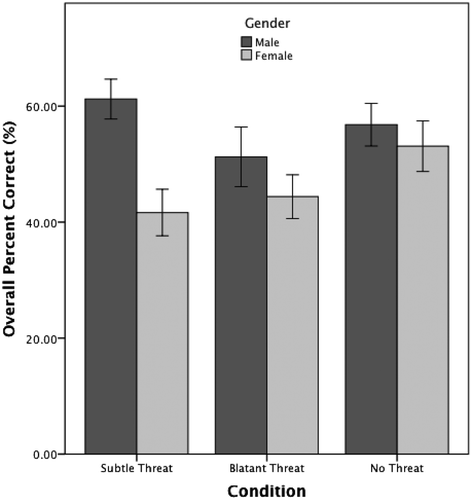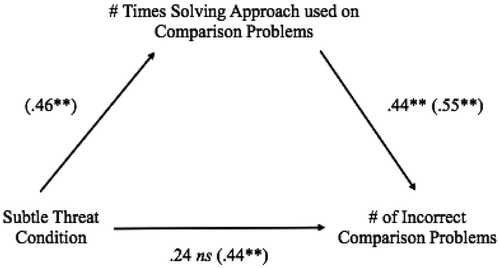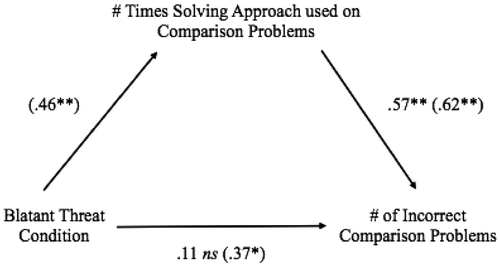Figures & data

Table 1. GRE performance as a function of participant gender, stereotype threat condition, and problem type
Table 2. Percentage of problems on which the solving approach was used by males and females as a function of stereotype threat condition and problem type


